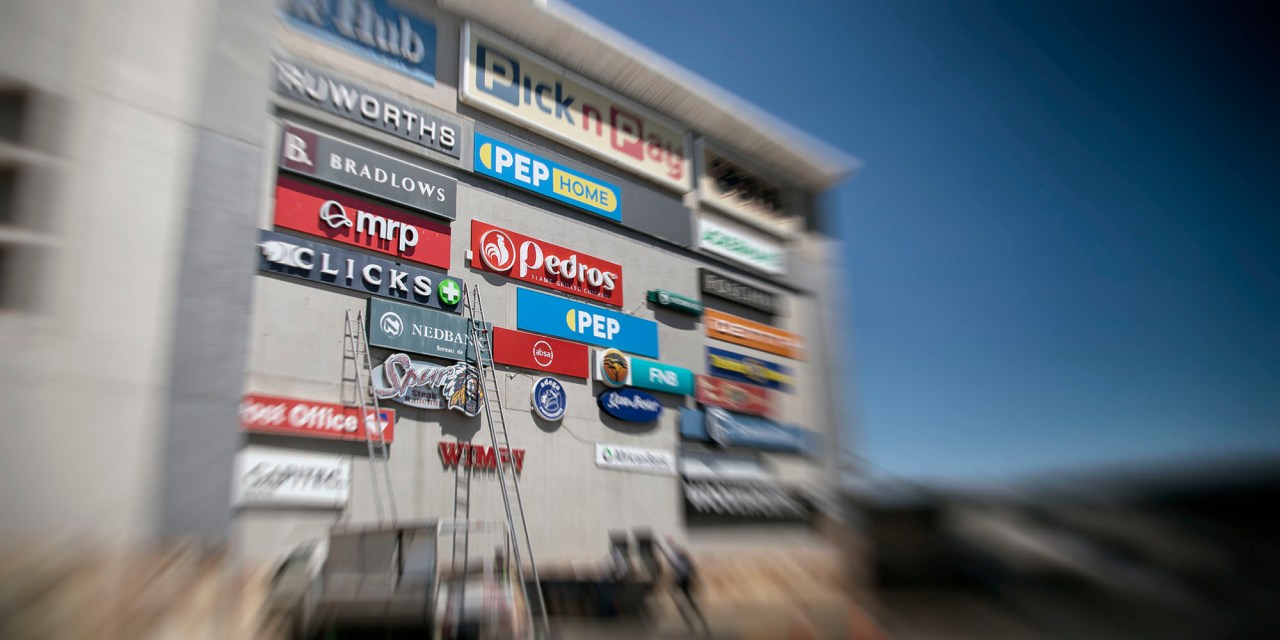Retail sales in South Africa rose 3.4% year-on-year in April, according to data released by Statistics South Africa on Wednesday.
This beat consensus expectations of 1.6% growth and indicates that South Africans are continuing to spend, although on a monthly basis there was a slight drop of 0.2% – actually a reading stable on this front.
Still, the year-over-year figure isn’t a bad sign. After a robust 7.7% jump in January, partly reflecting base effects, annual retail sales growth had been mixed. In February there was a decrease of 0.9%, while in March there was an increase of 1.7%.
Sales of household furniture, appliances and equipment, which recorded an annual growth of 6.8% in April, led the way. This shows that South Africans are spending on durable goods and in some cases this will require credit, which in turn is a sign of consumer confidence. It also probably makes the banks happy.
April’s retail sales data also provide a stark contrast to other indicators for the month, and this quarter more broadly. Mining output fell almost 15% year on year in April, while manufacturing output fell 7.8%. Both sectors also recorded fairly steep monthly declines.
Read in Daily Maverick: The party is over as mining and manufacturing output slump in April
KZN flooding and the return of vengeful load shedding played a key role in slowing manufacturing – and likely played a part in retail’s slight decline month-over-month – while malfunctions broader state affairs, including Transnet’s woes and industrial action, have dampened mining potential.
On the consumer side, there could still be some release of pent-up demand related to the pandemic.
“The current quarter’s economic shocks have had a more negative impact on the production side of the economy, compared to consumer-focused sectors which may still be recovering from the scars left by lockdowns,” Jee- said. A van der Linde, an economist at Oxford Economics Africa, in a note on the data.
Business confidence this quarter was also down. Everything points to a slowdown in economic growth after an unexpected rebound in the first quarter that saw the economy grow by 1.9% on a quarterly basis, bringing it back to pre-Covid levels.
The retail sector is an indication of broader economic health. It shows, for example, that households have at least some disposable income. But that depends on other drivers of the economy and those are turning off at a time of rising inflation and interest rates, trends that could cool consumer demand and retail sales to the future.
For now at least, it looks like South Africans are buying things like furniture, even though – unlike the country’s president – they don’t have millions of dollars to put into it. DM/BM

